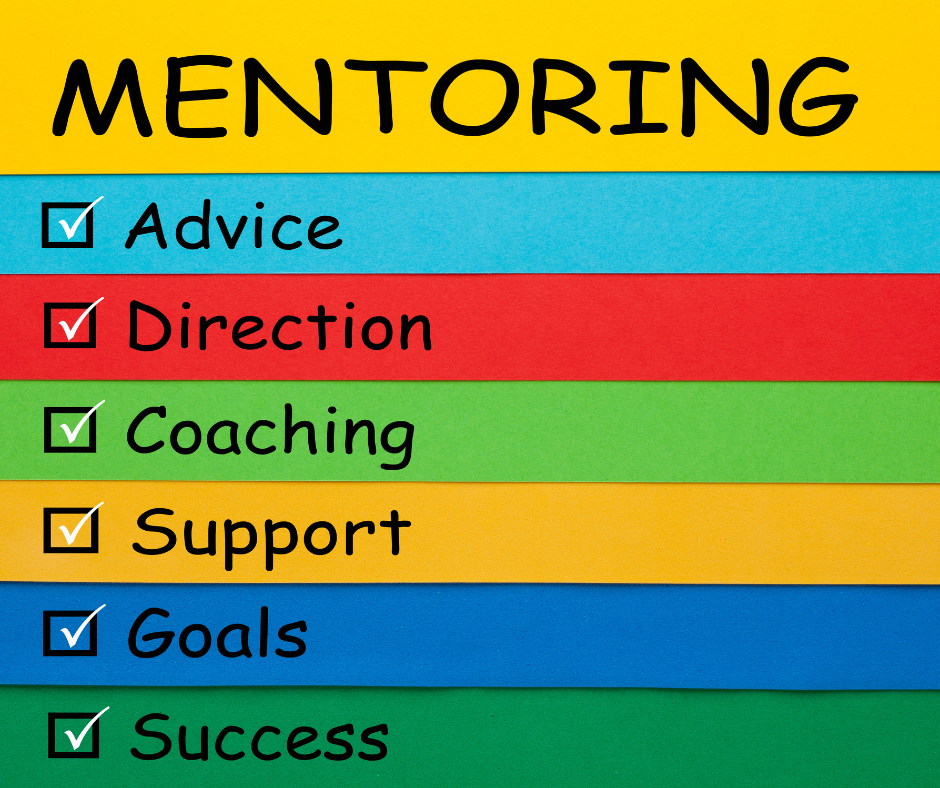Have You Integrated V.A.K. Learning Styles into Your Mentoring Relationships?
To excel as mentors, leaders must understand how their team members learn and adapt to new information. One powerful approach to enhancing mentoring relationships involves integrating V.A.K. learning styles (visual, auditory, and kinesthetic) into the mentoring process.
Do You Recognize Your V.A.K.?
While you may have a sense of your preference, it’s crucial to acknowledge this aspect because mismatches in communication styles can lead to significant gaps and missed messages.
By incorporating visual, auditory, and kinesthetic approaches into mentoring practices, leaders can craft more engaging, personalized, and impactful learning experiences for their teams. As a leader, you understand the potency of mentoring in fostering both personal and professional growth within your team. Understanding V.A.K.’s learning styles can significantly amplify your effectiveness in this role.
Visual Learners
Visual learners absorb information most effectively through visual aids like diagrams, charts, and images. Visual tools to convey complex ideas, such as flowcharts or infographics, can enhance comprehension for this group. Encouraging individuals to create visual representations of their goals or action plans can further aid in clarity and understanding.
Auditory Learners
To cater to auditory learners, engage in meaningful discussions, provide verbal explanations, and offer opportunities for active listening. Regular check-ins and verbal feedback sessions can help these learners process information more effectively. Incorporating storytelling or mnemonic devices can make concepts more memorable and engaging.
Kinesthetic Learners
Kinesthetic learners thrive on hands-on experiences and physical activities. Facilitate learning for them by incorporating interactive exercises, simulations, and real-life applications. Encourage participation in role-playing scenarios or practical projects to apply theoretical knowledge tangibly. Providing mentorship sessions in dynamic environments or through experiential learning activities can enhance engagement and retention for kinesthetic learners.
Maximize Your Mentoring Impact
Understanding and accommodating these diverse learning styles can foster a more inclusive and effective mentoring relationship between you and your team. By tailoring mentoring approaches to align with V.A.K.’s learning preferences, you can maximize the impact of your guidance and support.
Recognizing that individuals may exhibit preferences across multiple learning styles is important. Adjust your mentoring approaches based on your team’s evolving needs and preferences. Encourage your team members to reflect on their learning preferences and advocate for their learning needs.
Embracing diversity in learning styles empowers your team to thrive in their pursuits and collectively achieve goals. As a leader, your role in mentoring is pivotal in facilitating this growth.
What To Read
“V.A.K. Self-Audit: Visual, Auditory, and Kinesthetic Communication and Learning Styles: Exploring Patterns of How You Interact and Learn” by Brian Walsh






